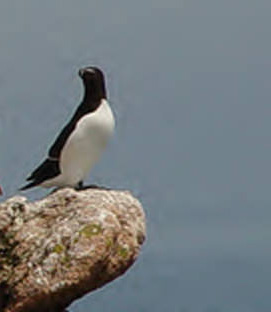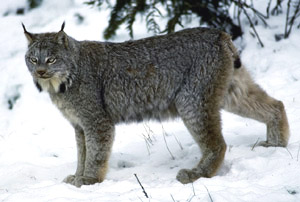 A trapper killed a lynx in northern Idaho earlier this month, thinking it was a bobcat, the Coeur d’Alene Press reports. He immediately called state wildlife officials when he realized his mistake, the article says.
A trapper killed a lynx in northern Idaho earlier this month, thinking it was a bobcat, the Coeur d’Alene Press reports. He immediately called state wildlife officials when he realized his mistake, the article says.
The animal was trapped just outside a region in northern Idaho that the U.S. Fish and Wildlife Service had designated as critical habitat for the species listed as federally threatened. Even so, the CDA Press article says, lynx are rare in the region. The article says:
“Losing a lynx to trapping or any other cause is disheartening,” said Jim Hayden, Idaho Fish and Game regional wildlife manager for the Panhandle region. “Fortunately these are very rare events.”
Bobcats and lynx are similar looking, the article notes. Lynx have much larger feet and have fur between their foot pads.
Read the Coeur d’Alene Press article here.
This month’s Wildlife Express, a school newsletter from the Idaho Fish and Game Department focuses on lynx.
Photo: lynx in snow from USFWS

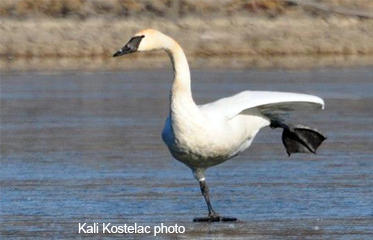
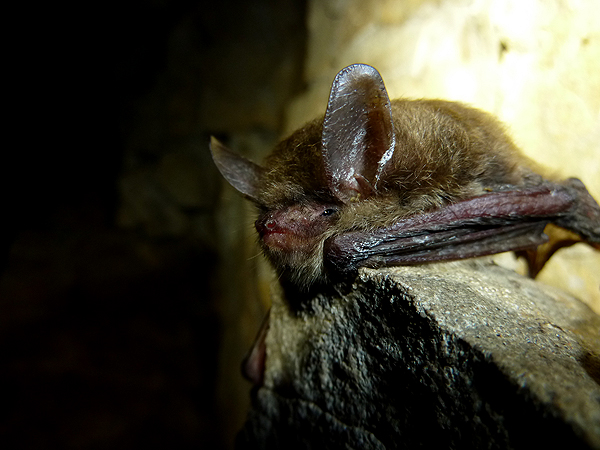
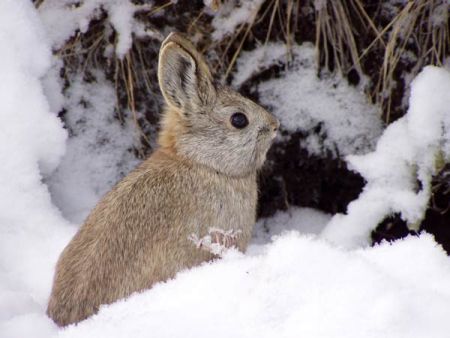
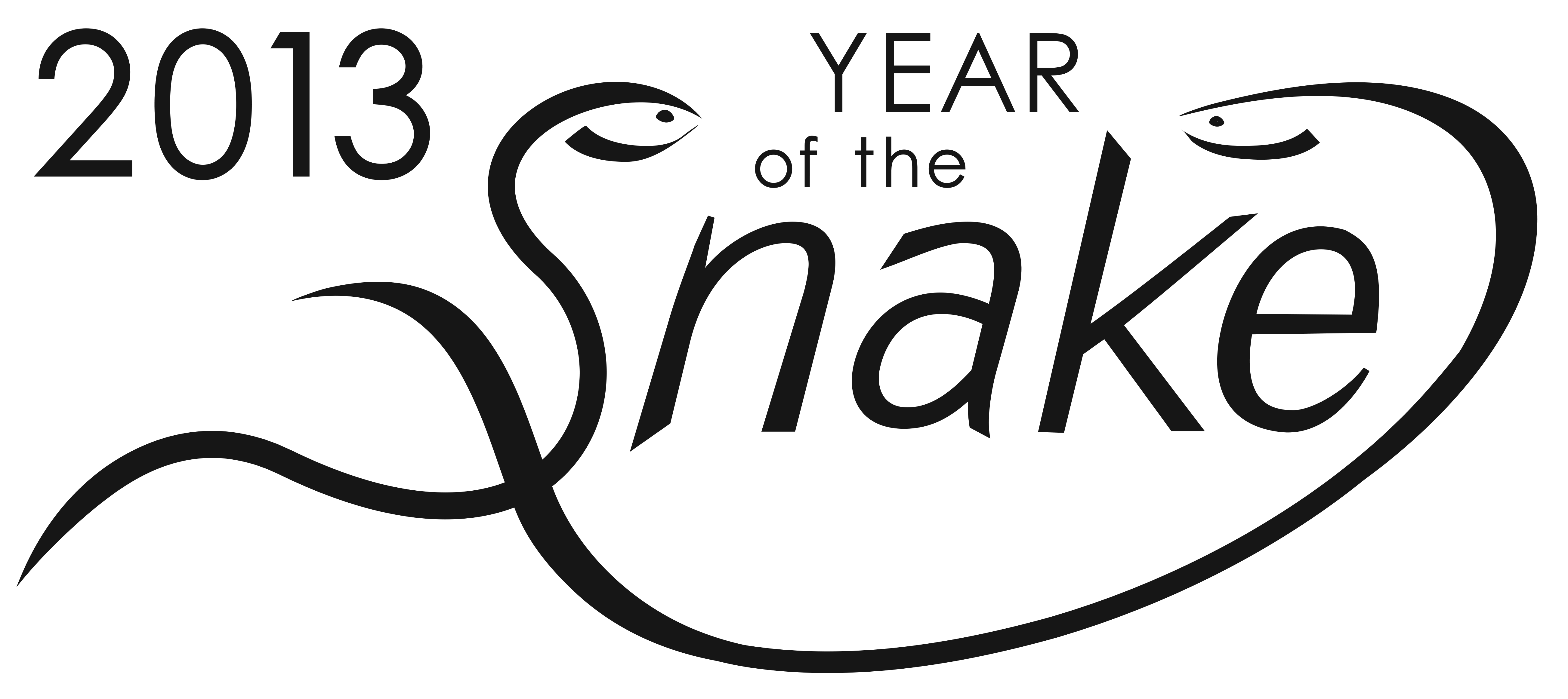
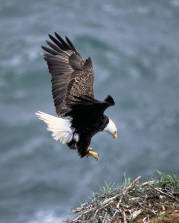
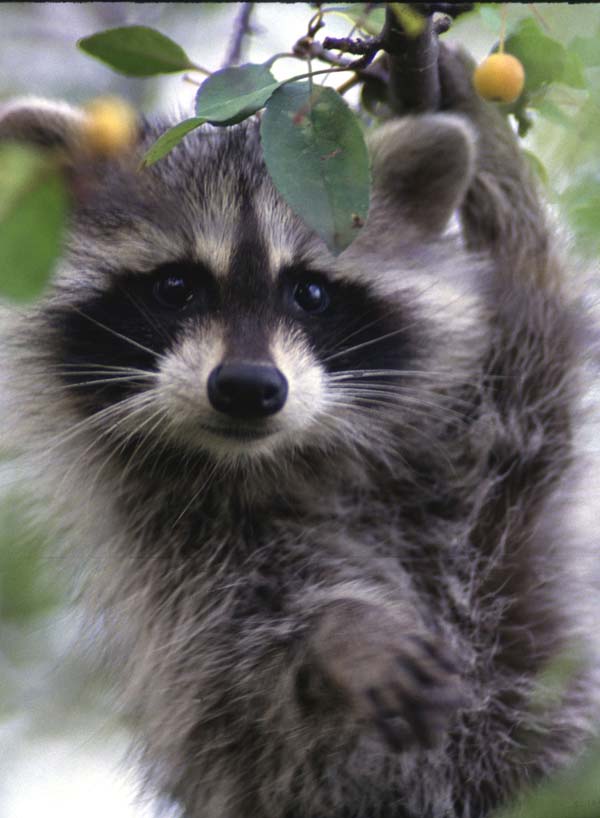
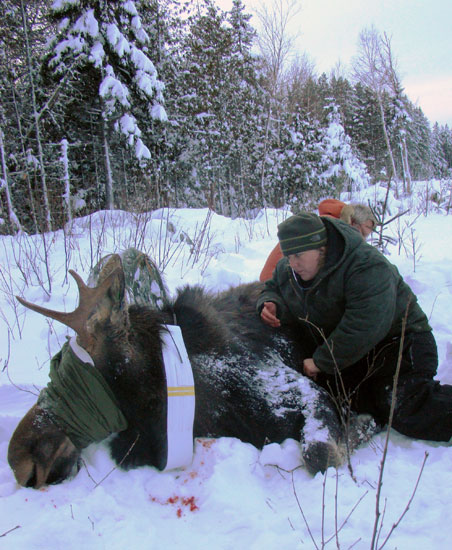
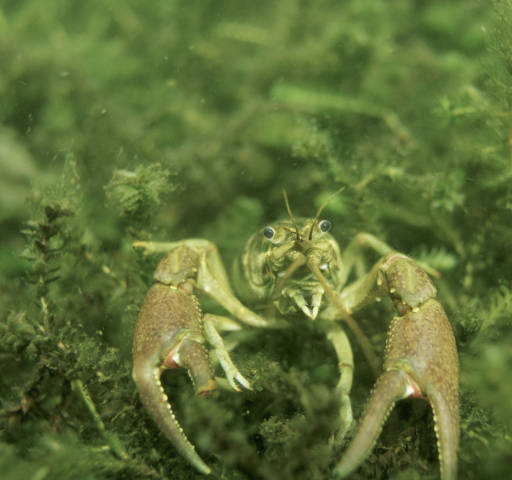 A study by University of South Florida scientists, published online ahead of publication in the
A study by University of South Florida scientists, published online ahead of publication in the 